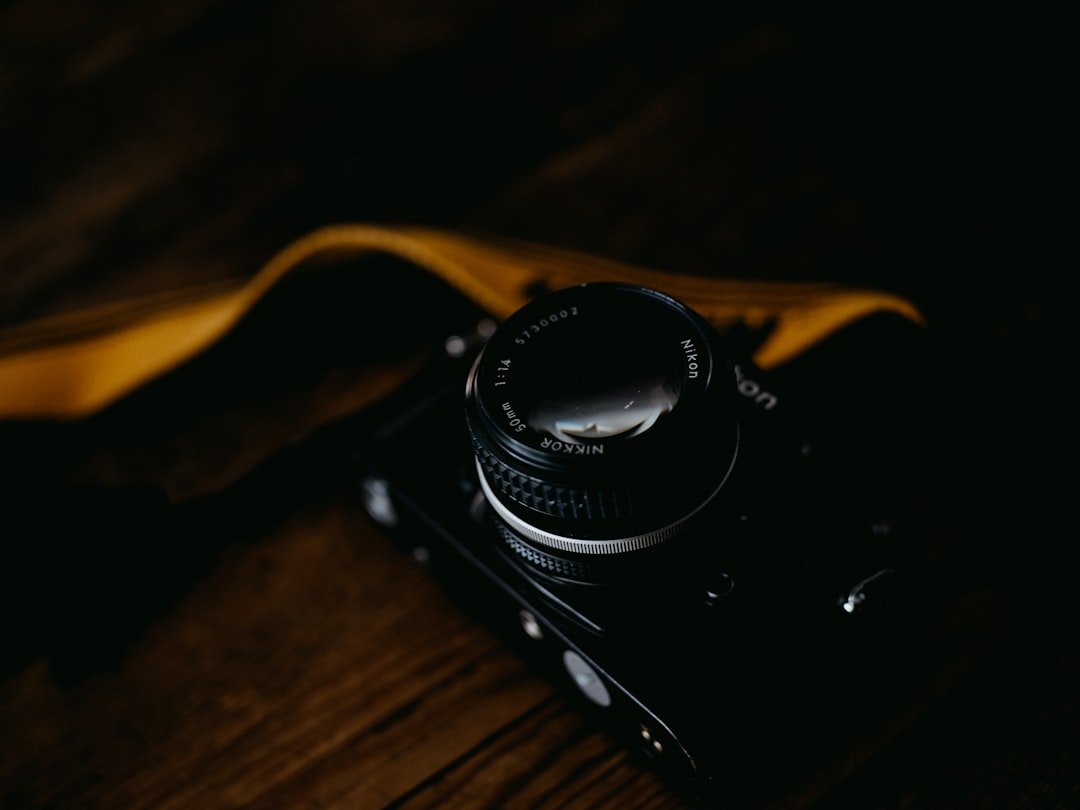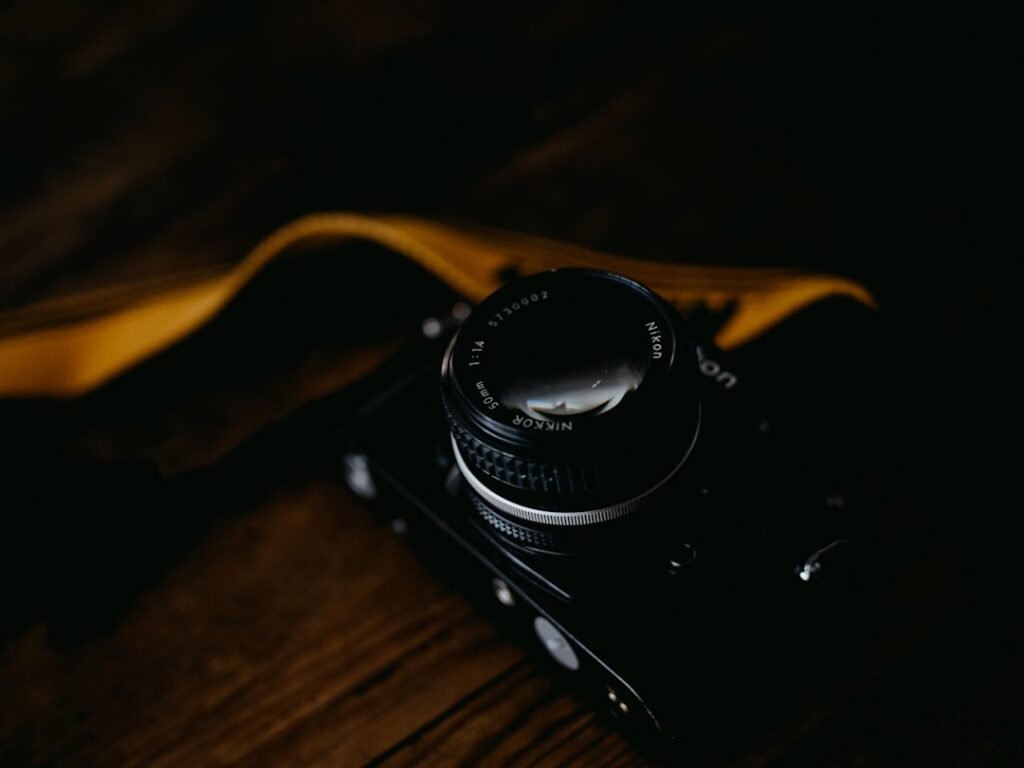Capturing Photos in Different Styles
These photography tips will supercharge your skills and take your picture-taking to the next level. No matter how long you’ve been shooting, there are always photography tips you never knew about that will improve your ability to conceptualize, create and capture images – or even just have fun playing around. Photography tips aren’t just for photography rookies; even for seasoned pros, there is always something fresh to learn or an old bad habit. This collection of information and tutorials will enable you to get the most out of your photos, from the basics and foundational techniques to camera hacks and high-level post-production tricks.
How to capture incredible sunsets?
Getting the most out of sunsets needs patience and timing. The best pictures are usually when the sun is close to the horizon and clouds are lit from below. And a telephoto lens can often give more impact than a wide-angle.
How to use hyperfocal length for depth of area?
You can maximize the depth of field in landscapes by focusing on the ‘hyperfocal’ distance. It is where the far distance is at the far limit of your lens’s depth of field, and this also gives you the best depth of field nearer the camera.
Look for foreground attractions
Wide-angle lenses are great for capturing expansive, sweeping landscapes. Still, they can also catch many empty foregrounds, so watch out for rocks, trees, gates, or other objects you can include to add foreground interest.
Blur waterfalls & rivers with long exposures
You can capture silky smooth water or softly blurred moving clouds by putting your camera on a tripod and using a long exposure. And if the light is too bright for a long exposure, you can use an ND filter or wait until dusk.
Use guiding lines to draw viewers in
Use ‘leading lines’ in your landscape photos to draw your viewers’ eyes into the picture. A top line could be a jetty on a lake, a line of rocks, or a footpath winding its way into the distance.
Operate long lenses for more effective flower shots.
It’s tempting to use a wide-angle lens to capture a significant floral color swathe, but this is for individual blooms. Instead, use a telephoto lens to pick out single flowers or clumps – this will also add artistic blur to the background.
Enhance your landscapes with reflections in the water
Lakes and rivers can produce beautiful reflections that add foreground interest and a peaceful symmetry to a scene. Even a tiny pool or puddle can reflect if you get down low.
Check your exposure with the camera’s histogram.
Landscape photography can often mean balancing extremes of brightness in bright skies and shadowed foregrounds. Make sure you don’t clip any highlights in the sky before you shoot by checking your camera’s histogram.
Use an L-bracket for easier vertical shots.
Not all tripod heads are for vertical shooting, especially with large and heavy camera and lens combinations. The solution is an L-bracket, where you mount the camera sideways on the bracket, but the bracket usually attaches to the tripod head. It is excellent for horizontal ‘pano’ shots, too.
Practice classic lighting setups
‘Rembrandt,’ ‘Clamshell,’ ‘Backlight,’ and ‘Rim-lighting’ are all tried and trusted portrait lighting setups, each of which has a distinctive look. If you practice getting these set up, it leaves you free to concentrate on your subject.
The meaning of photography is “drawing with light.”
Photography:
The art or process of producing images by the action of radiant energy and incredible light on a sensitive surface such as film or an optical sensor.
Conceptual Photography:
A part of conceptual art is a photography genre in which the artist photographs a concept or idea. In this type of Photography, you try to convey an image or message with a picture. Few photographers are using Photoshop to edit and process all the magic in the camera.
Recent Blogs
[psac_post_carousel show_author=”false” show_tags=”false” show_comments=”false” show_content=”false” slide_scroll=”2″]












